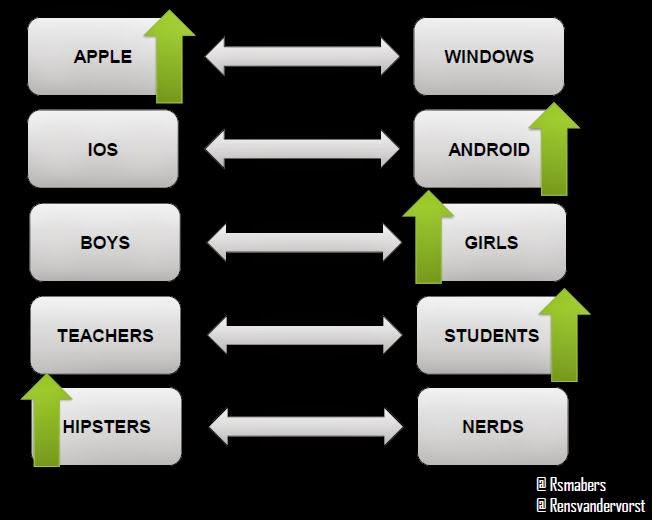Abreviated highlights below.
Gartner Education hype cycle - which is pretty helpful and pretty new (July 2014):
Jan-Martin's presentation was delivered via a number of unpublished slides but main points (unsurprisingly) include:
- Increasing momentum in Higher Education to 'buy' rather than 'do it yourself'
- Education technology ecosystem is expanding and options are many
- Technology is pushing Education and Education is pushing technology
Key issue to address: "What investments in IT will be strategic in positioning the institution for long-term success?" Jan-Martin emphasises that extra funding for long term success is not optional. Significant investment will be required.
A context (not in the presentation) explored in “An avalanche is coming: Higher education and the revolution ahead” , Laurence Summers, Professor and President Emeritus Harvard University, and others argue that the existing HE sector faces an existential threat as a result of rapid technological change and globalisation
Jan-Martin presented a quadrant (of course) of four Higher Education business models comprising 'Only Us Uni, Everybody's Uni, Me not U, All about you'.
Only Us Unis - e.g. Harvard. Interestingly, they are planning a MOOC just for alumni. <1% of institutions.
Me not U - niche University. 10% of institutions.
Everybody's Uni - everything for everyone - driven by volume. About 80% of institutions.
All about you Uni - Opportunistic, economy of speed, agility, brokerage University (just right, just-in-time, any place education). About 10% of institutions.
Our University is one of the 80%:
And, 'Everybody's Uni' technology hotspot:
Towards 2050, 'All about you' Unis will grow to 45% - so this is the big growth business model. The big losing business model will be the 'Everybody's Uni' approach.
Jan-Martin observed that 'no institution is profitably offering MOOCs. Instead being funded by venture capitalists or by insitutions absorbing the loss'.
So, what are Education focused vs global (i.e. everyone else) priorities according to Gartner?









